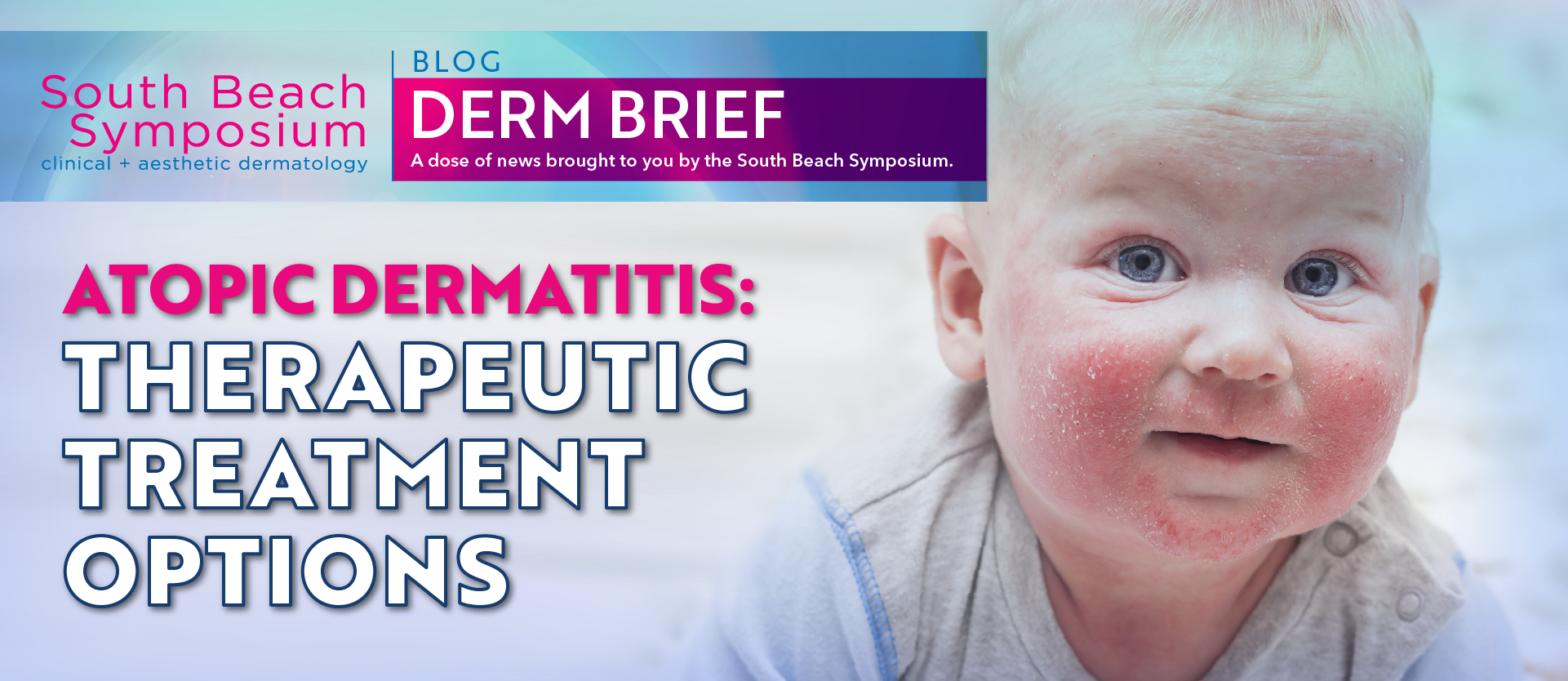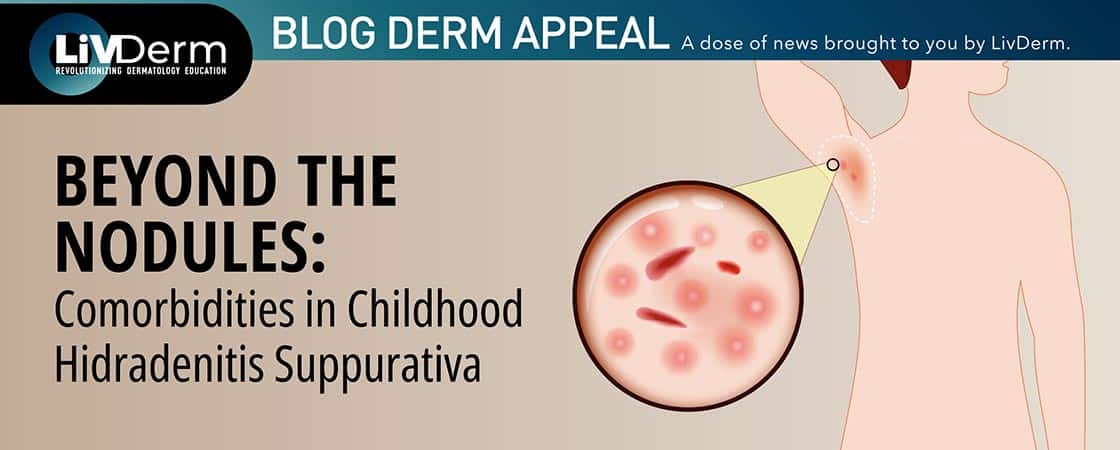Atopic dermatitis, or eczema, is a skin condition that affects approximately 30 percent of people in the United States: most of whom are children and adolescents. A person with eczema will typically experience patches of dry, itchy skin that may crack, bleed, or become infected. Multiple factors can trigger or worsen atopic dermatitis, including low humidity, seasonal allergies, exposure to harsh soaps and detergents, and cold weather. Moreover, environmental factors can activate the symptoms of atopic dermatitis at any time in the lives of individuals who have inherited the atopic disease trait. While people may find atopic dermatitis challenging to treat, many treatments and home remedies can reduce itching, heal cracked skin, and lessen inflammation & the rate of infections.
Treatments for atopic dermatitis
There is currently no cure for eczema, but many find that it improves as they grow older; specific treatments aim to help a person manage the symptoms of their eczema. According to a study paper published in the journal Trials, “The foundation of all treatment is the regular use of leave-on emollients to preserve and restore moisture to the skin.”
Treatments for eczema typically fall into two categories, both of which can be applied directly to the skin as creams or ointments:
- Moisturizers to relieve dryness and itching
- Anti-inflammatories to reduce swelling, itching, and redness
Medications
Clinicians may prescribe medicated creams or oral medication to hydrate the skin, reduce itching, and relieve inflammation. Medications include:
-
- Prescription topical steroids
Most topical steroids are available only by prescription. Topical steroids are grouped by potency. They range from class 1 (strongest) to class 7 (least potent). Topical steroids can be prepared as lotions, creams, or ointments that are applied to the skin; like with moisturizers, ointments are often the preferred option if creams tend to cause burning or stinging. - Topical calcineurin inhibitors
Topical calcineurin inhibitors (TCIs) are a relatively new class of anti-inflammatory drug, which do not contain steroids but are often effective in treating the rash and itching caused by AD. The two prescription TCIs on the market are pimecrolimus (Elidel) and tacrolimus (Protopic).
*In 2006, the U.S. Food and Drug Administration (FDA) added a black box warning label to the packaging of these two medications, alerting consumers of a potential link between TCIs and cancer. While decades of research will be required to determine an actual proven risk, these medications are recommended as second-line treatment options. - Injectable anti-inflammatories
Another new medication approved by the FDA in 2017 was Dupilumab (Dupixent): an injectable anti-inflammatory that can be used alongside corticosteroids. - Oral medications
While topical prescriptions are the most common and frequently studied treatment for AD, oral medications are sometimes prescribed:- Oral corticosteroids for widespread, severe, and resistant AD
- Cyclosporine or interferon for severe AD
- Antibiotics for the development of a bacterial skin infection
- Prescription topical steroids
Another treatment for atopic dermatitis is phototherapy: a treatment with light that utilizes ultraviolet A or B light waves, or a combination of both. This treatment can be effective for mild to moderate dermatitis in older children and adults. Photochemotherapy, a combination of ultraviolet light therapy and a drug called psoralen, can also be used in cases that are resistant to phototherapy alone.
SOURCES
https://www.aafp.org/afp/2007/0215/p523.html
https://www.medicalnewstoday.com/articles/323493.php
https://www.mayoclinic.org/diseases-conditions/atopic-dermatitis-eczema/diagnosis-treatment/drc-20353279

















